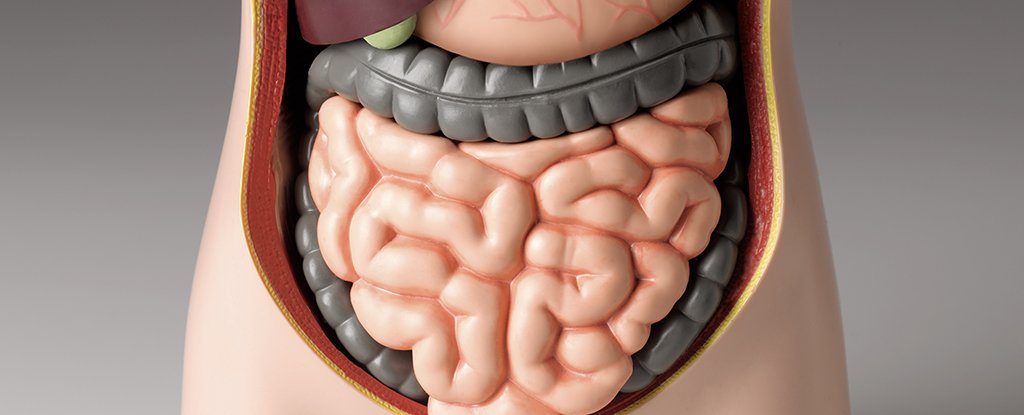Products You May Like
The enteric nervous system (ENS) in our gut operates a lot like other neural networks in the brain and the spinal cord – so much so that it’s often called the ‘second brain’. Now a new study has revealed more about how exactly the ENS works.
Using a recently developed technique combining high-resolution video recordings with an analysis of biological electrical activity, scientists were able to study the colons of mice, and in particular the way that the gut moves its contents along.
One of the key findings was discovering how the thousands of neurons inside the ENS communicate with each other, causing contractions in the gastrointestinal tract to aid the digestive process. Up until now, it wasn’t clear how these neurons were able to join forces to do this.
“Interestingly, the same neural circuit was activated during both propulsive and non-propulsive contractions,” says neurophysiologist Nick Spencer from Flinders University in Australia.
The team found large bunches of connecting neurons firing to propel the contents of the colon further down the gut, via both excitatory (causing action) and inhibitory (blocking action) motor neurons.
The discovery means the ENS is made up of a more advanced network of circuitry, covering a wider section of the gut and involving a greater amount of different types of neurons working in tandem than had previously been thought.
Another important finding is that this activity is significantly different from the propulsion that’s seen in other muscle organs around the body that don’t have a built-in nervous system, such as lymphatic vessels, ureters, or the portal vein.
“The mechanism identified is more complex than expected and vastly different from fluid propulsion along other hollow smooth muscle organs,” the researchers explain in their paper.
The team says it backs up the hypothesis that the ENS is in fact the ‘first brain’ rather than the second one – suggesting that it may have evolved in animals a long time before our actual brains took their current form.
If that’s true, the implications go far beyond the guts of mice – though further research is going to be required to find out exactly how the activities of the ENS affect the workings of the gastrointestinal tract in different species.
“Synchronization of neuronal activity across large populations of neurons is common in the nervous system of many vertebrate animals,” says Spencer.
The research has been published in Communications Biology.
